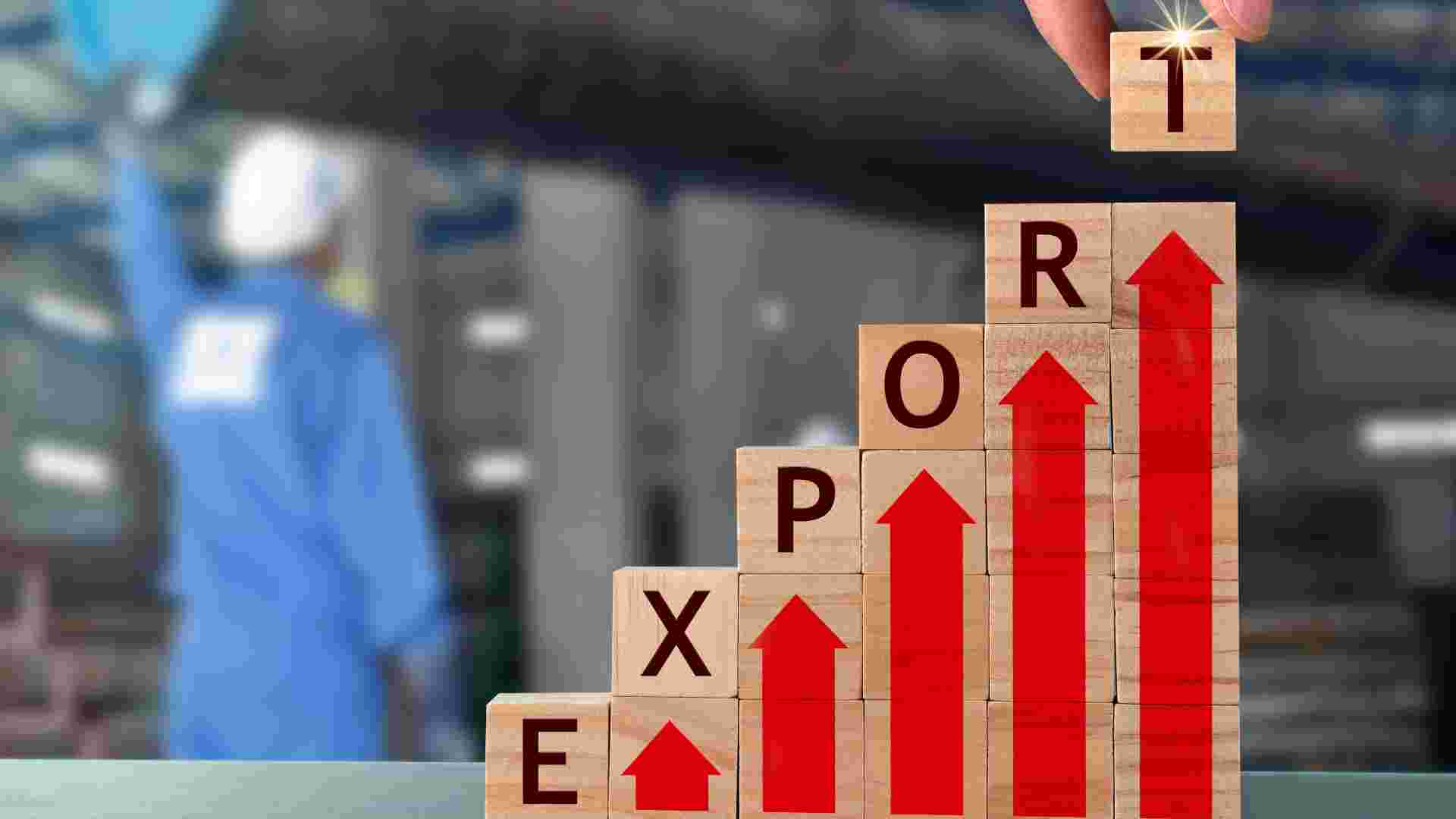![]()
Exploring DGFT Alerts: In-Depth Analysis of Indian Catalytic Converter Exports
Catalytic converters are integral components in automotive exhaust systems, playing a pivotal role in mitigating vehicle emissions and promoting environmental sustainability. These devices are designed to convert harmful pollutants, such as carbon monoxide, nitrogen oxides, and unburned hydrocarbons, into less toxic substances such as carbon dioxide, nitrogen, and water vapour. With a growing global concern for air quality and environmental impact, catalytic converters have become indispensable in ensuring cleaner exhaust emissions from vehicles. The demand for these converters is not only driven by environmental consciousness but also by stringent emissions standards imposed by countries worldwide. This blog explains DGFT Notifications: Catalytic Converter Exports.
In the context of India, where the automotive industry is a significant player in the economy, the Directorate General of Foreign Trade (DGFT) regulations assume a critical role in governing the export of catalytic converters. DGFT guidelines help ensure that the export of these essential components aligns with international standards and trade practices, facilitating responsible and compliant global trade in automotive emissions control technology.
1. Overview of Catalytic Converters
- Catalytic converters are emission control devices integrated into vehicle exhaust systems to reduce the environmental impact of pollutants released during combustion. Typically composed of a ceramic or metallic substrate coated with a combination of palladium, platinum and rhodium, these converters facilitate chemical reactions that transform harmful gases into less harmful substances. The catalyst accelerates the conversion of carbon monoxide into carbon dioxide, nitrogen oxides into nitrogen and oxygen, and unburned hydrocarbons into carbon dioxide and water vapour. Their environmental impact is profound, contributing significantly to the reduction of air pollutants and improving overall air quality. In the global market, catalytic converters are in high demand because of the increasing awareness of environmental issues and the implementation of stringent emission standards. India plays a crucial role in the production and export of these components, given its burgeoning automotive industry.
- As a major player in the automotive market globally, India contributes significantly to the supply chain of catalytic converters, aligning with international efforts to combat air pollution and promote sustainable transportation solutions.
2. DGFT and Its Role
- The Directorate General of Foreign Trade or DGFT is a key regulatory body in India responsible for formulating and implementing foreign trade policies. As an arm of the Ministry of Commerce and Industry, DGFT plays a crucial role in regulating international trade activities from India. Its primary functions include formulating export and import policies, developing and implementing trade-related measures, and administrating foreign trade laws and regulations.
- DGFT notifications, issued periodically, serve as the official communication channel for updates and changes to trade policies. In the context of catalytic converters, DGFT notifications assume particular significance as they outline the specific regulations and requirements governing the export of these components. These notifications detail licensing procedures, documentation necessities, and compliance standards, ensuring that the export of catalytic converters adheres to both national and international trade standards. The importance of DGFT notifications lies in their role as a guide for exporters, helping them navigate the regulatory landscape and facilitating smooth and compliant international trade practices.
3. Historical Perspective
- Over the years, DGFT notifications related to catalytic converter exports have undergone a dynamic evolution, reflecting changes in global trade dynamics and environmental regulations. Historically, these notifications have aimed at aligning India’s trade practices with international standards while addressing the country’s economic and environmental concerns. Significant changes have often been prompted by shifts in emission standards, alterations in global market demands, and advancements in emission control technologies. Amendments and policy shifts within DGFT notifications have typically been responsive to the automotive industry’s evolving needs and the imperative to meet stringent environmental benchmarks.
- Monitoring the historical trajectory reveals a commitment to adapting export regulations to ensure the responsible and sustainable trade of catalytic converters, reinforcing India’s role in the global market for emission control technology. This historical overview underscores the government’s continuous efforts to balance economic interests with environmental responsibility in the export of catalytic converters.
4. Compliance and Procedures: DGFT Alerts: Catalytic Converter Exports
Complying with DGFT regulations for catalytic converter exports involves a structured process to ensure adherence to international trade standards:
- Exporters typically initiate the compliance process by obtaining the necessary licenses from DGFT. This may involve submitting an application and fulfilling specific criteria outlined in the latest notifications.
- Documentation plays a pivotal role, with exporters required to provide comprehensive details about the catalytic converters, including their specifications and compliance with environmental standards. The documentation process often includes obtaining certificates of origin, compliance statements, and other relevant paperwork.
- Exporters should also be aware of any additional obligations set by DGFT, such as adherence to specific quality standards or environmental certifications. Regular monitoring of DGFT notifications is essential to stay abreast about any updates or changes in the compliance procedures.
By meticulously following these steps, exporters can ensure that their catalytic converter exports align with DGFT regulations, promoting smooth and legally compliant international trade practices. For the latest and most accurate information, it is recommended to consult the official DGFT guidelines and notifications.
5. Challenges and Opportunities
- Exporters dealing with catalytic converters may encounter several challenges in complying with DGFT regulations. One significant challenge is the need to stay updated with frequently changing regulations, requiring exporters to be vigilant about the latest DGFT notifications. The paperwork and documentation process can be intricate, demanding meticulous attention to detail to ensure accurate compliance. Meeting environmental standards and obtaining the necessary certifications may pose additional hurdles. Exporters may also face challenges in navigating bureaucratic processes for obtaining licenses and approvals.
- However, successfully navigating these challenges presents opportunities for exporters. Those who establish robust systems for monitoring and adapting to regulatory changes can gain a competitive edge. Investing in streamlined documentation processes and maintaining high-quality standards can enhance the reputation of exporters, fostering trust with international partners.
- Additionally, exporters who proactively incorporate sustainable practices in line with evolving environmental regulations may find themselves well-positioned in a global market increasingly focused on eco-friendly solutions. In essence, overcoming compliance challenges not only ensures legal adherence but also opens doors to market differentiation and enhanced competitiveness for catalytic converter exporters.
6. Future Outlook
- While predicting specific future changes in DGFT notifications is challenging, potential shifts may be influenced by evolving global dynamics. As countries intensify efforts to combat climate change, it’s plausible that DGFT regulations for catalytic converter exports could undergo adjustments to align with more stringent environmental standards. Anticipated developments in the global automotive market, such as the rise of electric vehicles or advancements in emission control technologies, may also impact these regulations.
- A shift towards cleaner transportation alternatives might lead to modifications in the demand for catalytic converters, prompting corresponding adjustments in export regulations. Additionally, collaborations between nations to standardize emission control measures could influence DGFT notifications. It is crucial for exporters to stay abreast of these potential changes, adapting their strategies to align with emerging global market trends and regulatory frameworks to remain competitive and compliant.
Conclusion: DGFT Notifications: Catalytic Converter Exports
Staying informed about DGFT notifications is of paramount importance for those engaged in catalytic converter exports from India. DGFT regulations are dynamic and subject to frequent updates and revisions to align with changing global trade dynamics and environmental standards. Being aware of the latest notifications is crucial for exporters to ensure compliance, avoid legal complications, and oversee a competitive edge in the international market. Changes in licensing requirements, documentation procedures, or environmental standards can significantly impact export strategies. Regular monitoring of DGFT notifications allows exporters to proactively adapt to evolving trade policies, seize potential opportunities, and navigate challenges effectively. In an era of fast-paced regulatory changes, staying well-informed is not just a regulatory necessity but a strategic imperative for catalytic converter exporters seeking sustainable and compliant international trade practices.





